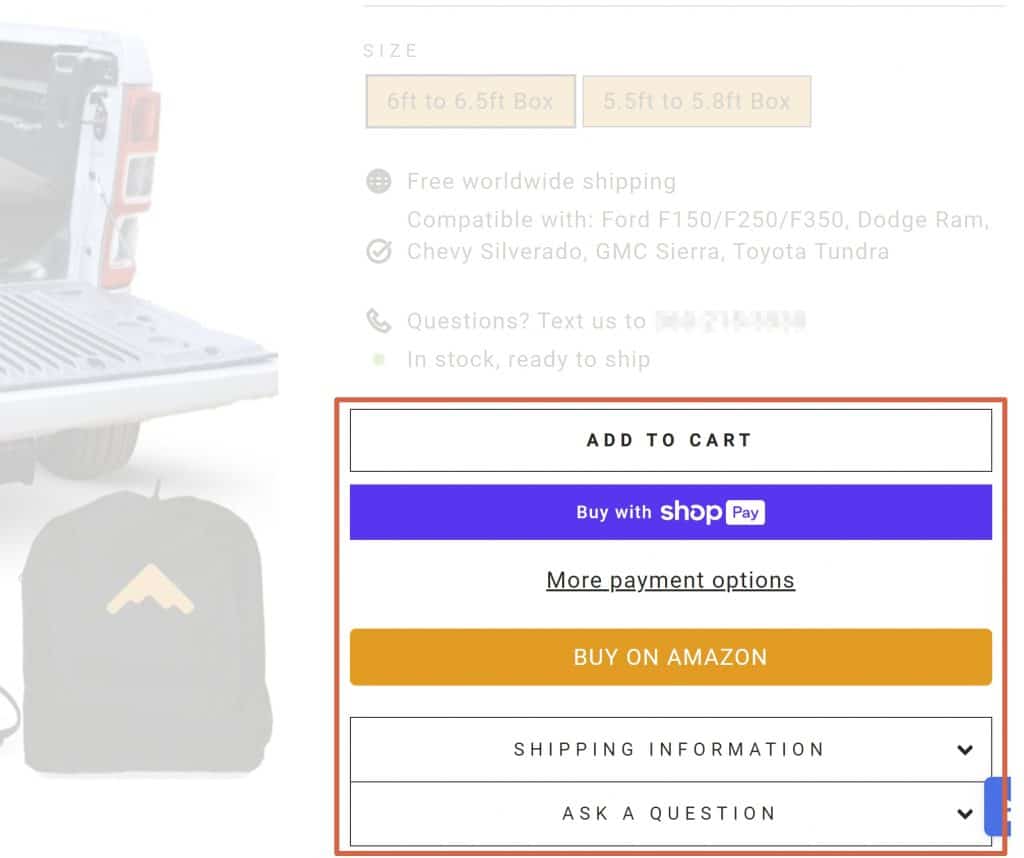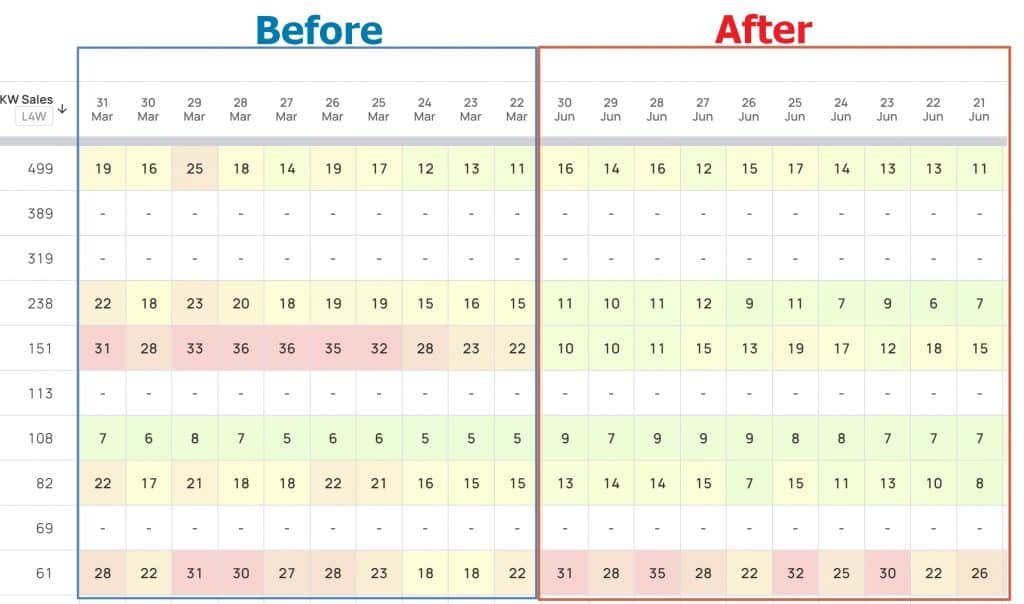I spent $5,000 on Facebook and Google Ads to My Amazon Listing.
Did It Improve Rankings?
I spent over $5,000 on Google and Facebook ads in 90 days to send traffic to two of my Amazon listings. In this article, I'll tell you what my ACoS was and what the impact on organic rankings was.
Why External Traffic to Amazon?
It's widely assumed that Amazon attributes sales on the platform coming from external sources as more valuable than those originating on Amazon itself. In other words, a sale you send Amazon from an off-Amazon source results in more organic ranking juice.
Why do sellers think this? There are at least three reasons:
- Leaked internal reports show that Amazon tracks external traffic sources to listings.
- Amazon highly encourages external traffic (re: Amazon Attribution) and it makes sense Amazon would want to rewards sellers sending off-Amazon traffic to their platform.
- Anecdotal evidence that organic rankings saw a boost after sending external traffic to listings
The third reason, the anecdotal part, is what I wanted to address more empirically and help to answer the question: does sending external traffic to Amazon result in an organic rankings boost?
What I Did: Google Performance Max and Facebook Ads
I set up a combination of Google Performance Max campaigns and Facebook retargeting/lookalike audience campaigns (the majority of the Facebook ad spend went to retargeting campaigns) targeting two ASINs that have had falling rankings and organic sales for the last 12 months. The overall sales volume of these two ASINs was roughly $25,000/month (or $75,000 for the total 90 days).
The Facebook and Google campaigns had a budget range of $50 to $200 per day.
Now this is where a giant hole in my experiment starts to occur: Facebook and Google ads are often more art than science now, and I have zero artistic talent. I don't have a media buyer in my company. To be fair to myself, my previous company used to spend a significant amount each on Google ads, but this was pre-Performance Max days and my skills are rusty, to say the least. And I've never been a great Facebook marketer ever.
Without a doubt, a more experienced Facebook marketer and Google ads manager would achieve far better results than I did.
How I Sent Traffic to Amazon and Tracked It
This is where there'll be some controversy. For traffic from Google and Facebook, I first sent the traffic to our Shopify site but gave customers the option to buy on Amazon or directly on our website (see below). The reason I did this is because sending traffic to Amazon directly makes optimizing those ads for events such as conversions and add-to-carts much more difficult. 

Now, of course there is Amazon Attribution which allows you to create unique links you can use in off-Amazon marketing efforts that will record sales. The “Buy on Amazon” links on our Shopify were all Amazon Attribution links but while I can see this conversion data, Facebook and Google can't.
You'll see below that almost exactly half (50.1%) of people would elect to buy on Amazon opposed to on our website (which says something about trust factors for D2C websites).
The Results with Amazon Attribution
Let's take a look at the spend and the results.
April to June 2024 Off-Amazon Advertising Cost
Facebook Retargeting: $3473.64
Facebook Lookalike: $1431.64
Google Performance Max: $429.27
Brand Referral Bonus ($338.26)
Total Cost of Advertising: $4996.28
April to June 2024 Amazon & Website Performance
Attribution, Total Add-to-carts: 122
Attribution, Total Sales: $3440.64 (22 purchases)
Total Website Sales (Paid Traffic): $3467.92
Total Website & Amazon Attributed Sales: $6908.56
So after 90 days, I spent $5334.56 on ads (but got back $338.26 from Amazon in Brand Referral Bonus) and received $4996.26 in sales, almost evenly divided between Amazon and our website. This works out to 72.3% ACoS.
Based purely on this number, these Facebook and Google ads would not be profitable and they're so unprofitable it's not worth playing the “LTV wish and a prayer game” (i.e., think about the potential lifetime value of these customers!)
Did External Traffic Help Amazon Organic Rankings?
The truth is, the amount of sales that was sent to Amazon was pretty small – $3,440.64. The sales over this 90-day period for these two SKUs was $69,594, so the sales from external traffic was about 4.9% of the overall sales. It's also important to note that we also receive 122 add-to-carts (on a $100+ item) which is significant. So while the sales were small, it wasn't completely insignificant.

Overall, rankings improved from an average position of 13.21 to 10.96 over the 90 days. And while we did not make significant changes to those listings in that 90 days, there are always some things changing. Did the rankings improve because a competitor raised their prices? Did our rankings improve because of some change in our PPC campaigns? Did they change because it was a full moon on the third Friday in May? It's impossible to say how much the Facebook and Google traffic influenced those rankings but rankings did improve.
So Does External Traffic to Amazon Work?
So does sending external traffic to Amazon listings help improve organic rankings? Well, we can conclude a few things definitively:
- Looking purely at ACoS (72.3%), external advertising was highly unprofitable although the ads were also highly un-optimized.
- During the 90-day period, organic rankings improved from an average position of 13.21 to 10.96.
Sending any new sales to your listings will definitively help organic rankings but the question is whether Amazon weights those sales coming from Facebook and Google heavier. I personally think Amazon does weight sales coming from external sources higher than those occurring organically but then we're back into the anecdotal evidence game.
Do you send external traffic to your Amazon listings? Let me know if you do in the comments section below.



